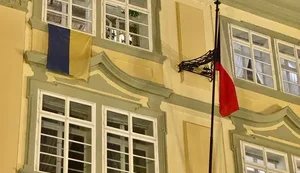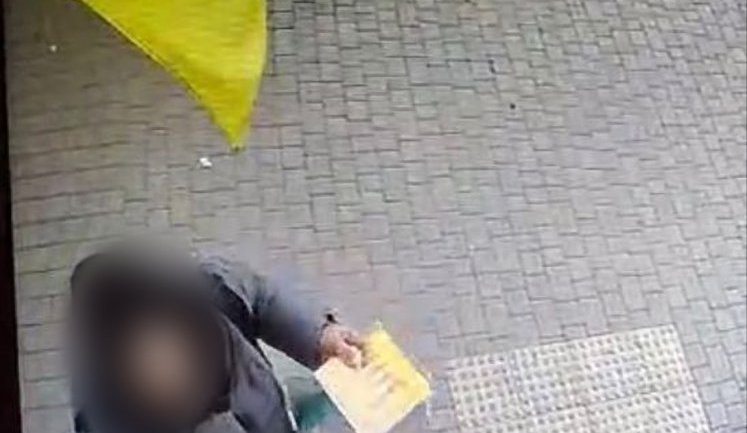News surrounding the Ukrainian flag paints a vivid picture of resistance and allegiance. From military triumphs in occupied areas to brave individuals in hostile zones, the flag symbolizes hope and resilience. The recurring attempts by Russian forces to undermine Ukraine's spirit through symbolic acts such as replacing flags with tricolors amplify the conflict's intensity. Nevertheless, supporters within Ukraine and internationally, such as factions in the Czech Republic, display the Ukrainian flag to express solidarity against oppressive actions. Each flag-raising is a silent yet powerful statement of defiance, underscoring the importance of national identity and the struggle for sovereignty amid ongoing geopolitical tensions.
What significance does the Ukrainian flag hold amid ongoing conflicts?
The Ukrainian flag is a powerful emblem of national identity and resilience for the country. Amid conflicts, raising it in occupied territories signifies reclamation and defiance against occupying forces. It represents the hope of regaining and maintaining national sovereignty. The flag stories show unity and determination, and acts of raising it in hostile areas often inspire emboldened patriotism and resistance against aggression.
Are there international incidents involving the Ukrainian flag in recent years?
Yes, there have been numerous international incidents involving the Ukrainian flag. For example, political groups in the Czech Republic have used it to symbolize solidarity, and extreme artists have unfurled it in notable locations, such as the Paris subway. These acts represent international support for Ukraine and highlight global awareness and opposition to aggressive actions by Russia.
Why do occupiers target flag-raising events during military engagements?
Occupiers often target Ukrainian flag-raising events because the flag symbolizes resistance and national unity, undermining their control in conflict zones. Destroying or replacing the flag is an attempt to demoralize and delegitimize the efforts of Ukrainian forces. However, such efforts often backfire, rallying local and international support for Ukraine's sovereignty and resilience.
What do stories of individuals raising the Ukrainian flag reveal about the current societal climate?
Stories of individuals raising the Ukrainian flag reveal a climate characterized by courage, defiance, and hope. Despite risks, citizens and soldiers alike are taking symbolic actions to affirm Ukraine's sovereignty and resilience, showing a deep connection to their national identity. Such acts are seen as moral victories against oppressive adversaries, showcasing the unyielding spirit of the Ukrainian people.
How have the Ukrainian flag incidents affected international perceptions of the conflict?
The widespread incidents involving the Ukrainian flag have heightened international perception and support for Ukraine's struggle. They underscore the symbolic battle over identity and sovereignty amidst the physical conflict. These stories catch global attention and often further galvanize international communities to voice support and critique aggression, promoting awareness and possibly impacting diplomatic relations.


































































